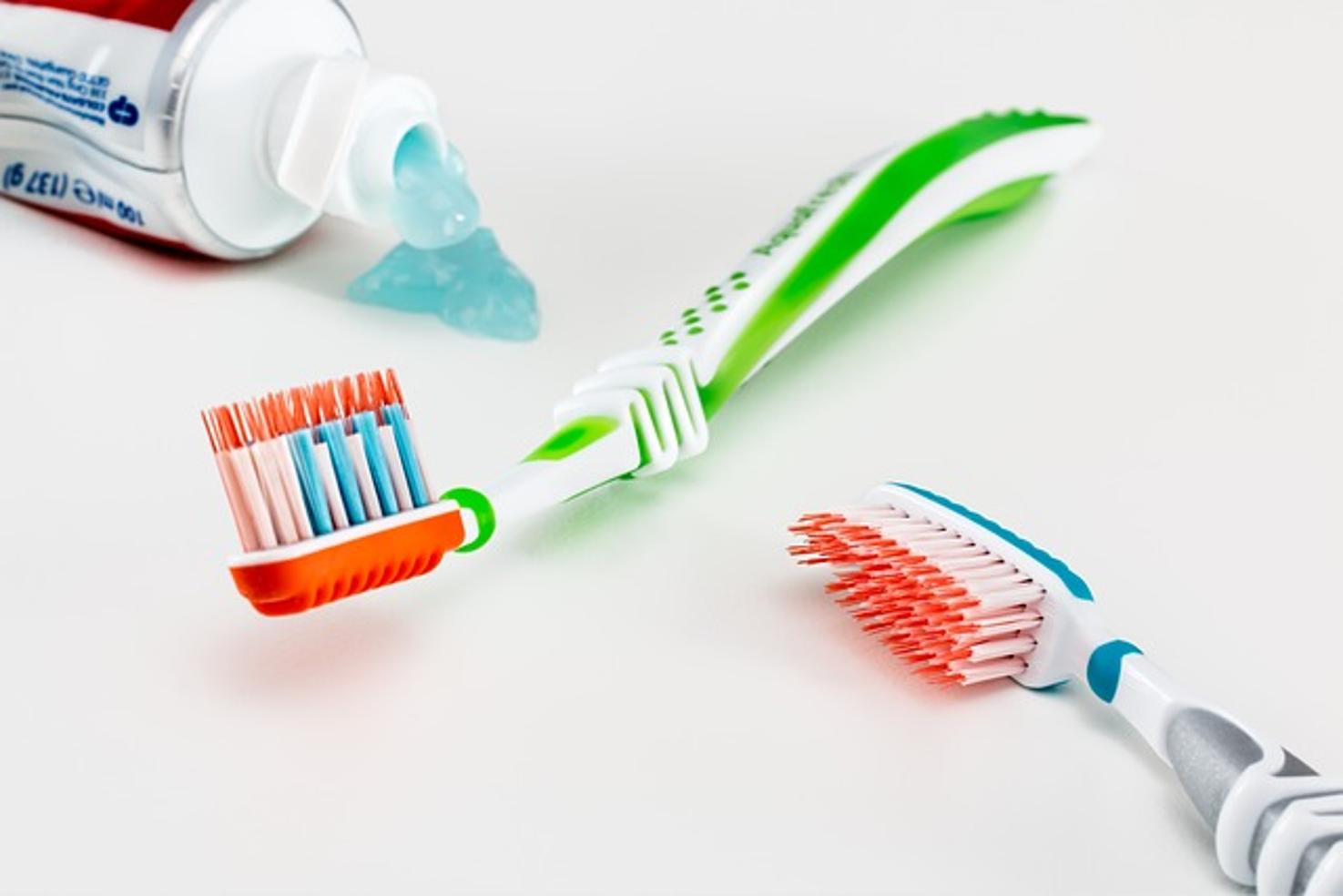Introduction
Electric toothbrushes have revolutionized oral hygiene, offering superior cleaning compared to manual toothbrushes. However, like any tool, they require regular maintenance to operate efficiently. One crucial aspect of this maintenance is changing the brush head. This blog explores how often you should change your electric toothbrush head, why it’s important, and tips for extending its life.

Why Regularly Changing Your Electric Toothbrush Head Matters
Good oral hygiene is essential for overall health. The effectiveness of an electric toothbrush diminishes if the brush head isn’t replaced regularly. Dental professionals suggest periodic replacement to maintain the bristles’ structure and effectiveness.
Worn-out bristles can become frayed and less effective at removing plaque and debris from your teeth and gums. This can lead to dental problems such as cavities and gum disease. Additionally, old bristles may harbor harmful bacteria, compromising your oral health.
Therefore, understanding the importance of timely brush head replacement is crucial. This simple action can safeguard your mouth from potential health hazards and ensure your electric toothbrush works at its best.

Recommended Frequency for Replacing Electric Toothbrush Heads
Dentists generally recommend changing your electric toothbrush head every three months. This timeframe ensures the bristles remain in optimal condition for effective cleaning.
Several factors influence this recommendation:
- Aging Bristles: Over three months, bristles naturally wear out and lose their effectiveness.
- Bacteria Buildup: Over time, bristles can accumulate bacteria, potentially causing oral health issues.
- Efficient Cleaning: Fresh bristles are more effective at reaching and cleaning between teeth and along the gum line.
In summary, adhering to this timeline helps maintain effective oral care and prevents harmful bacteria growth.
Signs That Indicate It’s Time to Change Your Toothbrush Head
While the three-month guideline is a general rule, certain indicators may necessitate earlier replacement. Here are the key signs to watch for:
Frayed Bristles
When bristles start to fray, they lose their rigidity and effectiveness in cleaning plaque from your teeth. Frayed bristles are a clear sign that your toothbrush head needs replacing.
Discoloration
Over time, toothbrush bristles can lose their color due to exposure to various elements and bacteria. Many toothbrushes come with color-indicator bristles that fade as a reminder to change the brush head.
Decreased Cleaning Efficiency
If you notice your teeth don’t feel as clean after brushing, or you’re developing more plaque and tartar than usual, it’s a sign that the toothbrush head is no longer effective.
Recognizing these signs early ensures you replace your toothbrush head when necessary, maintaining your oral hygiene at its optimal level.
Factors Influencing the Replacement Frequency
While the three-month rule is standard, some factors might require more frequent changes. Here’s what might influence the lifespan of your brush head:
Usage Frequency
Individuals who brush their teeth more than twice a day or with higher pressure may wear out bristles faster, necessitating more frequent replacement.
Water Quality
Hard water can cause mineral buildup on your toothbrush head, reducing its efficiency and lifespan. If you live in an area with hard water, you may need to change your brush head more often.
Storage Conditions
Storing your toothbrush in a damp, unventilated space can promote bacterial growth on the bristles. Ensure your toothbrush dries adequately between uses to prolong its life.
Understanding these factors helps tailor a replacement schedule fitting your specific conditions, enhancing the effectiveness of your dental hygiene routine.

Tips for Prolonging the Life of Your Electric Toothbrush Head
To get the maximum use from your toothbrush head, consider these tips:
- Rinse After Use: Thoroughly rinse the brush head with water after every use to remove toothpaste and debris.
- Dry Appropriately: Store your toothbrush in an upright position to allow it to air dry completely.
- Proper Cleaning: Occasionally soak the brush head in mouthwash or a diluted hydrogen peroxide solution to disinfect and remove bacteria.
These simple practices can help extend the lifespan of your electric toothbrush head, ensuring better oral hygiene.
The Best Practices for Maintaining Your Electric Toothbrush
Taking good care of your electric toothbrush overall will also ensure it lasts longer and performs better.
Proper Cleaning Techniques
Regularly clean not just the brush head, but the entire toothbrush. Remove the head and rinse both the bristles and the base of the toothbrush handle. Wipe down the handle to remove any toothpaste residue.
Storage Solutions
Store your electric toothbrush in a clean, dry place to prevent bacterial growth. Avoid keeping it in dark, enclosed areas where moisture can linger.
Travel Considerations
When traveling, use a brush head cover to protect the bristles from germs and environmental damage. Make sure the toothbrush head can dry out properly even while covered.
Following these best practices helps in maintaining your electric toothbrush, ensuring it remains effective for longer.
Popular Electric Toothbrush Brands and Their Replacement Recommendations
Different electric toothbrush brands may have specific recommendations for replacing brush heads. Here’s a look at some of the most popular brands and their guidelines:
Oral-B
Oral-B recommends changing their brush heads every three months, consistent with general dental advice. They offer a range of brush heads tailored to various dental needs.
Philips Sonicare
Philips Sonicare suggests replacing the brush head every three months as well. Their brush heads feature soft bristles that are particularly effective yet gentle on your gums.
Other Brands
Other brands, including Colgate and Burst, generally follow the three-month recommendation but may have specific suggestions based on brush head type. Always refer to the manufacturer’s guidelines for the most accurate advice.
Adhering to brand-specific advice ensures you get the best performance out of your electric toothbrush.
Conclusion
Consistently changing your electric toothbrush head is crucial for maintaining optimal oral health. While the three-month rule is a broadly adopted guideline, being mindful of specific signs of wear and other influencing factors can help tailor your replacement schedule. Applying proper care techniques will not only extend the life of your brush head but also ensure your electric toothbrush remains an effective tool in maintaining excellent oral hygiene.
Frequently Asked Questions
Can I use the same brush head on different models of electric toothbrushes?
Not all electric toothbrush heads are interchangeable. Always check the compatibility to ensure the brush head fits and works properly on your toothbrush model.
What happens if I don’t replace my electric toothbrush head on time?
Failing to replace the brush head can lead to ineffective cleaning, increased bacterial growth, and potential dental issues like gum disease and cavities.
Can I clean and reuse my electric toothbrush head?
It’s not advisable to reuse a worn-out brush head. While cleaning can remove some bacteria, it won’t restore the bristles’ effectiveness or prevent the build-up of harmful germs over time.
